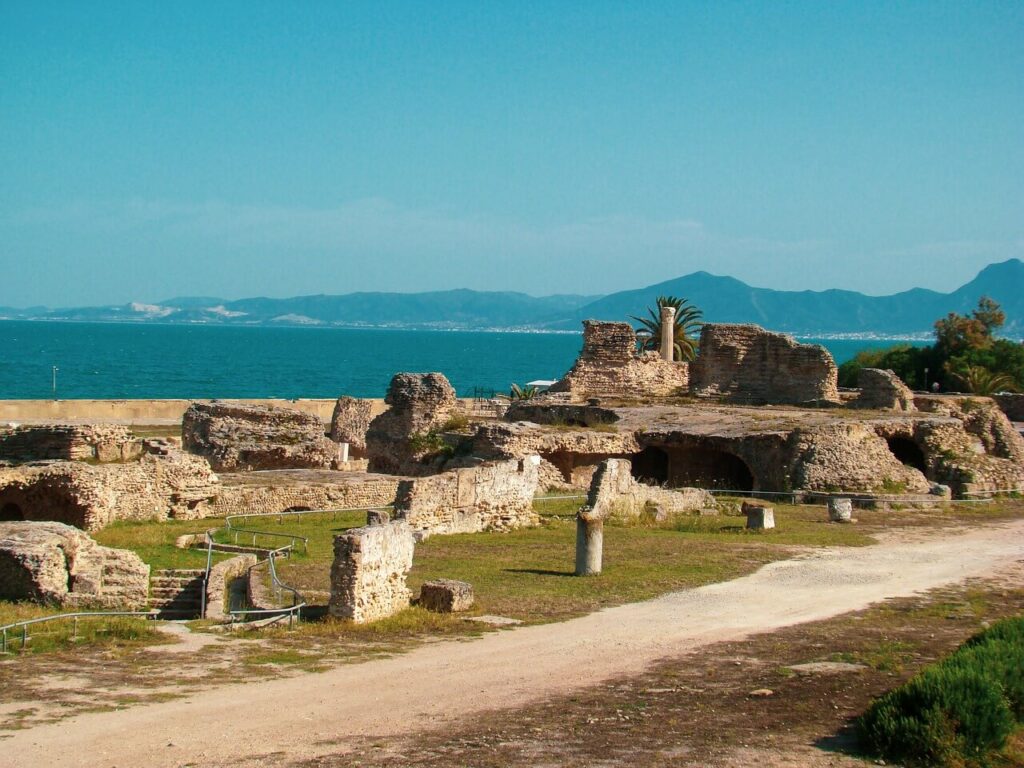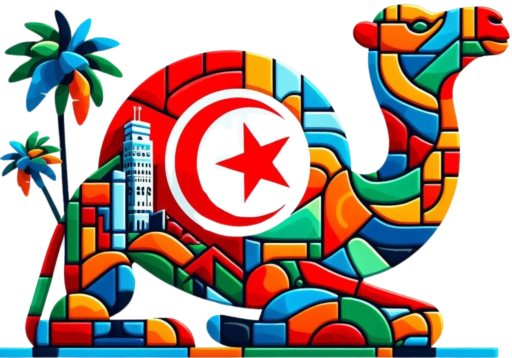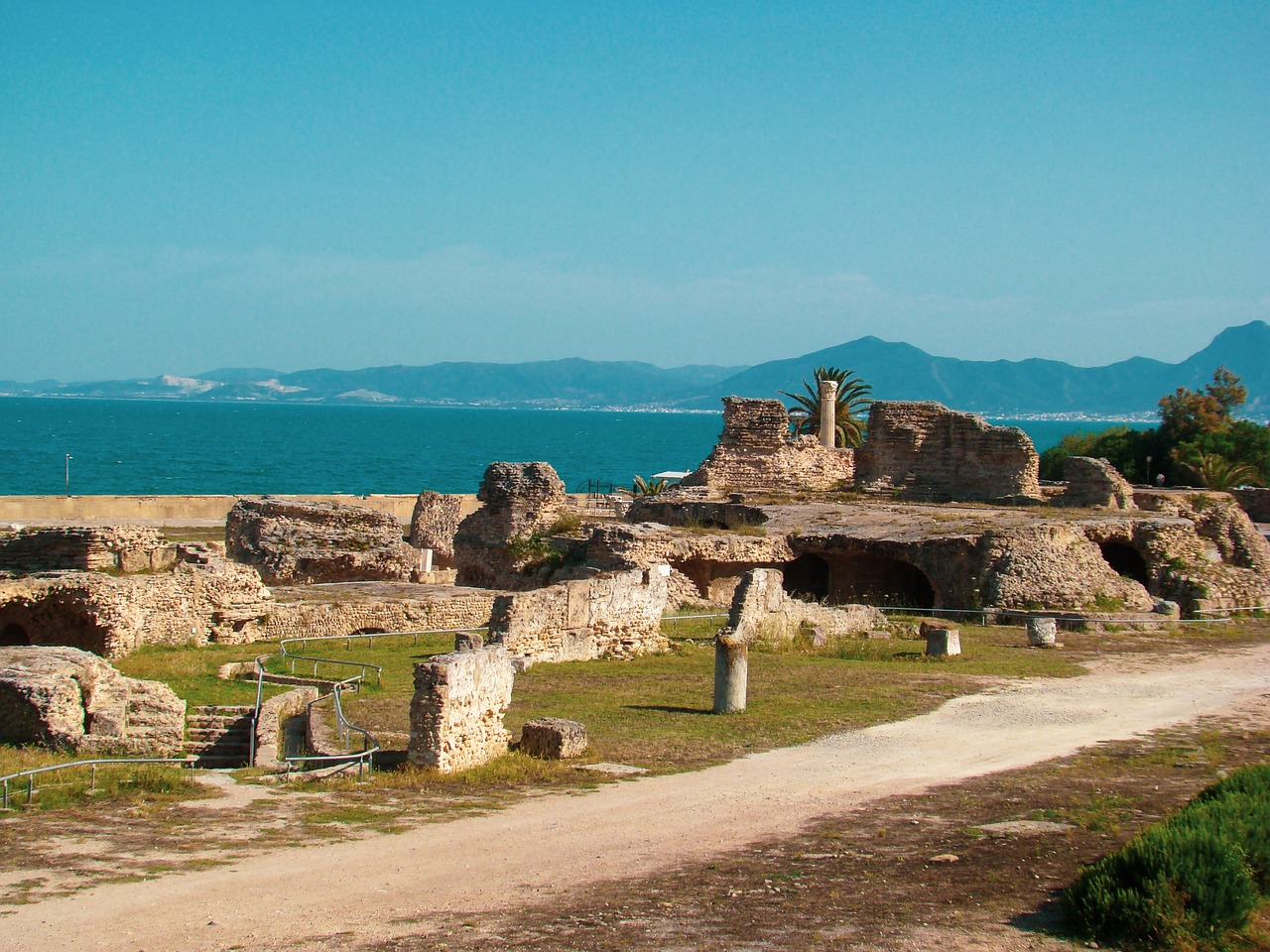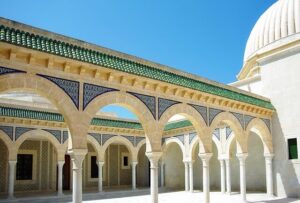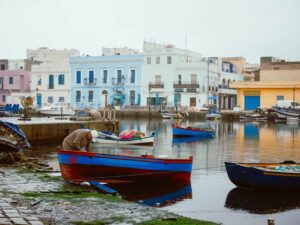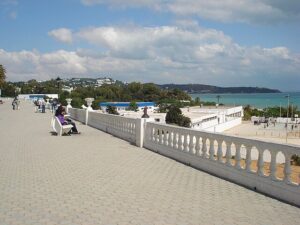Table of Contents
- Introduction to Carthage
- History of Carthage
- Economy and Culture
- The Ruins of Carthage
- The Legacy of Carthage
- How to Get to Carthage
Introduction to Carthage
Carthage, an ancient city that deeply marked the history of the Mediterranean, is located in modern Tunisia. Founded in the 9th century BC by the Phoenicians, it was the heart of a powerful commercial empire that extended across much of the Mediterranean. The ruins that can be visited today tell a story of greatness, wars, and ultimate destruction, offering visitors a fascinating look at an extraordinary civilization. Today, it is one of Tunisia’s main attractions, captivating visitors with its historical remains and rich cultural heritage. Located near the capital Tunis, this ancient city continues to be a symbol of resilience and past splendor. With a unique combination of history and culture, this city is a must-visit destination for those wishing to discover the roots of Tunisia and the ancient Mediterranean world.History of Carthage
Foundation and Rise
Founded around 814 BC by the Phoenicians of Tyre, Carthage was in a strategic position along Mediterranean trade routes. This made it a trading center for luxury goods such as ivory, gold, spices, and fine fabrics, bringing prosperity and wealth to the city. With an advanced naval fleet, Carthage became a dominant commercial power, establishing colonies along the coasts of North Africa and the western Mediterranean. Its power grew rapidly, and the city became a rival of other Mediterranean powers, such as Rome and the Greek cities. Strategic alliances and control of trade routes enabled Carthage to expand its empire, becoming one of the most powerful and influential civilizations of ancient times. In addition to its commercial strength, Carthage was known for its engineering skills and innovations in navigation. Its ships and shipbuilding techniques became famous throughout the Mediterranean.The Punic Wars
The Punic Wars were three conflicts that shaped the destiny of Carthage and Rome. The first war (264-241 BC) saw Carthage lose control of Sicily. The second war (218-201 BC) is known for Hannibal’s campaign, where he crossed the Alps with his elephants to attack Rome. Despite initial victories, Carthage was ultimately defeated. The third war (149-146 BC) culminated in its complete destruction, with Rome razing the city to the ground. The war against Rome represented a dramatic moment in Carthage’s history, leading to the end of its independence. The Punic Wars testified to the resilience of this city, which, despite defeats, maintained its fighting spirit. This fall marked a turning point in Mediterranean history, consolidating Roman influence and determining the course of European and African history.Economy and Culture of Carthage
Economy of Carthage
The economy of Carthage was dominated by maritime trade, thanks to its strategic position in the Mediterranean. The city controlled trade routes and exchanged luxury goods such as ceramics, spices, and fabrics with the rest of the ancient world. Agriculture was also developed, with the cultivation of cereals, olives, and vines. Carthage also had a solid manufacturing industry, famous for producing high-quality ceramics and textiles. The city’s craftsmanship thrived, with workshops producing jewelry and luxury items for an elite market. The economy of Carthage, founded on navigation and commerce, is one reason the city became an attraction for various cultures and peoples of the Mediterranean.Culture and Religion
The culture of Carthage was a fusion of Phoenician, African, and Mediterranean influences. Religion played a fundamental role, with main deities like Baal Hammon and Tanit. Religious practices included ritual sacrifices, a characteristic that attracted criticism and amazement from other civilizations. Carthage was also a center of culture and knowledge, influenced by the arts and architecture of neighboring civilizations. Visual arts and music were integral to Carthaginian life, reflecting the unique identity of the city. Cult and traditions represented an important pillar for the community, which identified strongly with its religious history and beliefs.The Ruins of Carthage
The ruins, located near Tunis, are a major tourist attraction and are protected by UNESCO. Among the main remains are the Antonine Baths, the Punic Port, the amphitheater, and numerous necropolises. The Antonine Baths, once a place of leisure for the Roman nobility, offer a testament to the architectural grandeur of the era. The Punic Port, the heart of naval power, showcases the advanced engineering of the Carthaginians. Visiting the ruins of Carthage allows you to immerse yourself in the past and understand the complexity of the Carthaginian civilization and its role in Mediterranean history.The Legacy of Carthage
Despite its destruction, the legacy of Carthage still survives today. The city profoundly influenced the history and culture of the Mediterranean. Contributions in naval engineering, commerce, and diplomacy left a lasting mark. Carthage remains a symbol of resilience and ingenuity, and its ruins testify to the greatness of this civilization. The city continues to be a source of inspiration and a site of study for history enthusiasts.How to Get to Carthage
The most convenient way to visit Carthage is to fly to Tunis. Tunis-Carthage International Airport offers connections with numerous European cities. It is also possible to take a train to the city from the center of Tunis. Alternatively, the city is easily reachable by taxi or car from Tunis, which is about 15 km away. Public transportation is a convenient and scenic option.Here is a short video on the city, click here.
To read more of our articles, click here. Other cities: